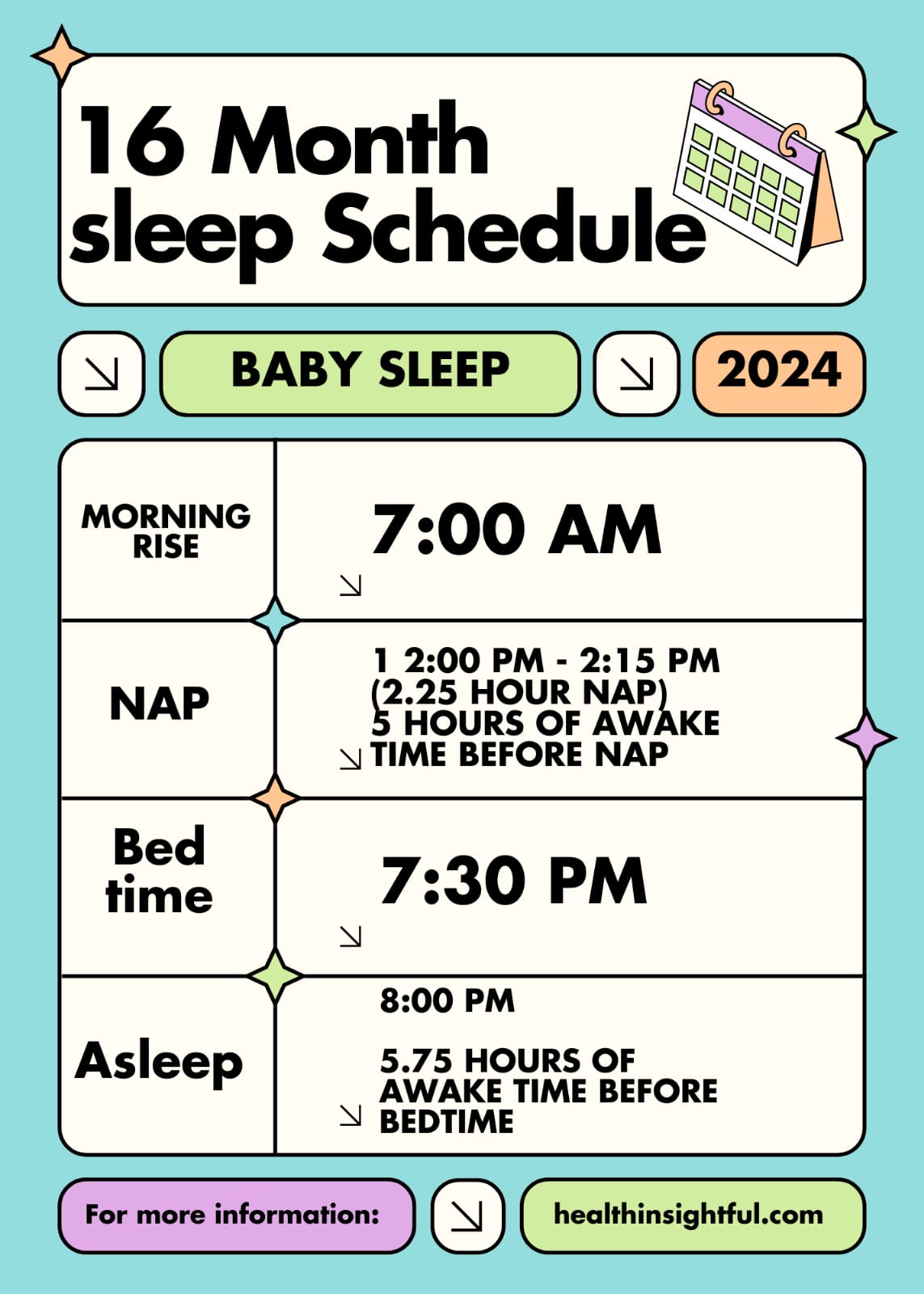One of the most important things you could ever do for your kids’ development, welfare, and quality of sleep is to instill in them a good bedtime routine. According to many researchers, they often report having a well-organized pattern at bedtime, which in turn helps them sleep quicker, thus improving general health and cognitive functions even of mood. In the following article, we will teach you how to establish a prosperous bedtime routine working in the best interest of your kids. Let us dive into actionable tips that will make your children get restful and peaceful nights.
Why Does a Bedtime Routine Matter?
A predictable pattern before retiring to bed is important because it lays the foundation for good sleeping behavior. Here are some major reasons why bedtime routines are so important:
- Predictability: Routines bring in a sense of security, helping kids relax much more because they know what will happen.
- Improved Sleep Quality: This will help regulate the internal body clock and make it easier for your child both to fall asleep and to stay asleep.
- Behavioral benefits: Children who are put on structured routines are less likely to resist bedtime or to have any sleeping problems, such as waking up frequently at night.
- Quality time: A night routine offers great opportunities for bonding with the children and can create lasting memories.
Setting up a Bedtime Routine: Step-Wise Details
1. Establish a Constant Bed Time
Setting up a bedtime routine starts with having a regular bedtime. You need to keep in mind the age of the child and his current developmental needs while determining the bedtime. For example,
- Toddlers: Between 6:30 PM and 8:00 PM.
- Preschoolers: About 7:00 PM to 8:30 PM.
- School-aged kids: Between 7:30 PM and 9:00 PM
Stick to the same bedtime even on weekends; consistency will help reinforce their body’s sleep-wake cycle.
2. Make the Bedroom a Sleep Haven
Your child’s bedroom should invite sleep. Following are a few suggestions for making a room a sleep haven:
- Dim the Lights: In the hour leading up to bedtime, use soft lighting to signal your child’s brain that it’s time to wind down.
- Comfortable Bedding: The bed should be comfortable enough, and the room temperature should just be right.
- Noise Reduction: A person has got to be in a quiet place when sleeping. In case of need, one can use a white noise machine in order to mask jolting sounds.
- Electronics Shutoff: Remove screens and devices for at least an hour before sleep. The blue light of these gadgets hampers the secretion of melatonin, a sleep hormone.
3. Engage in Pre-Sleep Rituals
Engage your child with some sleep-conducive bedtime routines which would help get your child into sleep mode after playful sessions. These bedtime routines may include but are not restricted to the following:
- Bath Time: A warm bath relaxes the body muscles of your child and makes him/her feel sleepy.
- Brushing Teeth: Of course, this is part of hygiene that needs to be done but should also be included in the bedtime schedule.
- Pajamas: Let the child choose what pajamas they will wear. Such a mundane decision gives them a feeling of control and psychologically gets them ready for sleep.
4. Add a Wind-Down Activity
The whole idea behind these activities is to get your child into bed without experiencing any jolts. What you want to do is to pick some relaxing things to do that are non-stimulatory. Here are some ideas:
- Reading: The time spent by reading before sleeping is considered one of the most comforting ways with your child and thus relaxes and bonds him with you. Of course, it should be a calm book with tranquil illustrations.
- Quiet Play: Activities designed to be relaxing for your child are very simple, such as working in a puzzle, coloring, or building with blocks.
- Soft Music or Lullaby: Soft music or lullaby playing in the player would help in giving a non-stimulating climate for your child’s good night sleep.
5. Encourage Relaxation Techniques
You can teach your child simple relaxation techniques to help them fall asleep with ease. These may include:
- Deep Breathing: Here, you would want your child to take slow, deep breaths that generally calm the nervous system down. You can even do this together.
- Muscle Relaxation: This involves taking your child through tensing and relaxing major muscle groups. This helps them focus on the body and release tension.
6. Reduced Exposure to Screen Before Sleep
Avoid large and small screens for at least an hour before sleeping-television, tablets, and smartphones. This electronics’ blue light decreases the production of melatonin. Generally, lower lights at night-time, and then move to quiet activities without screen involvement like reading and playing board games.
7. Make Sure to Positively State Your Expectations
Children love predictability. Discuss with your child the bedtime routine and write a expectation that the bedtime routine will be completed every single night. You can make a chart of the bedtime routine for younger children.
8. Comfort and Reassurance
Sometimes, bedtime is difficult for the kids, especially in cases of separation anxiety or fear of the dark. Comfort and reassure:
- Nightlight: The fear of darkness can soon be comforted with a dim nightlight.
- Comfort Object: A cuddly, soft toy or some special blanket will do its job of being a comfort object.
- Hugs and Kisses: Seal it with a touch of love-a hug, a kiss, or just a soft “goodnight” at the end that would make him feel safe and loved.
9. Consistency in the Schedule
The bedtime routine is also consistent in that it should be the same each and every night, including weekends or vacations. As a matter of fact, it could take several weeks for it to become natural, and your child will be used to them.
Common Challenges in Bedtime Routine and How to Solve Them
1. Resistance to Bedtime
If there is bedtime resistance from the child, parents/caregivers should be firm yet composed. Reminders of the routine can be given in soft gentle ways, and some choices can be provided, for example, choosing the story to be read or choosing their pajamas.
2. Nighttime Fears
When a child is scared at night, then his or her feelings must be acknowledged and reassurance given to him or her. A nightlight or any comfort object may be of much help to a child. Stories or role-playing may address fears as well.
3. Frequent Waking up at Night
In case the child wakes up very much in the night, then this could be overtiredness, or it can be an abnormal routine. Re-think the bedtime and sleep routine generally; your child might be overtired. Be patient and don’t make prolonged interaction when he wakes up at night.
Conclusion
An effective sleep routine calls for patience, consistency, and an understanding approach. The good sleeping routine would help not only in quicker sleeps but longer sleeps too, plus bring overall well-being to the child’s benefit. Your child deserves peaceful nights and happy mornings along with the rest of the family, which is achieved by just following these steps and personalizing the routine to suit your child best.










